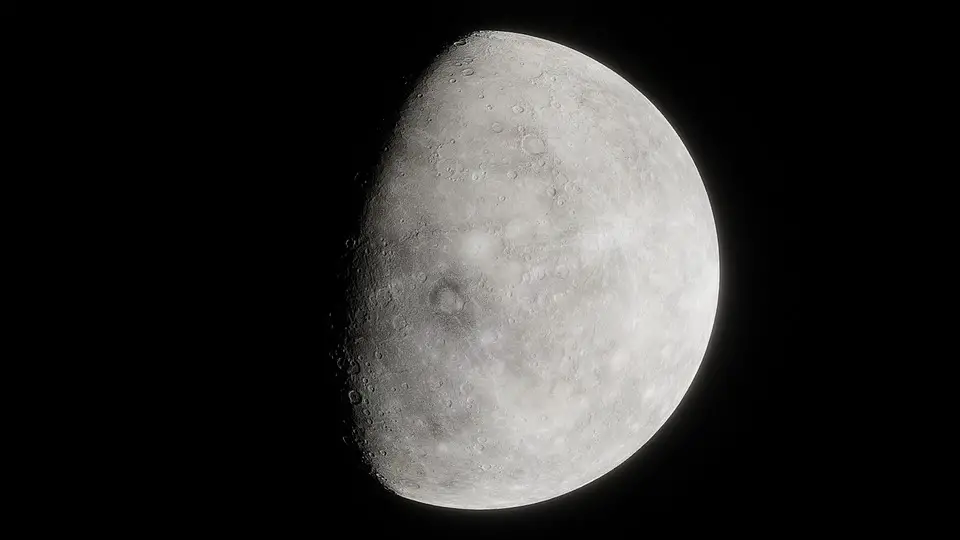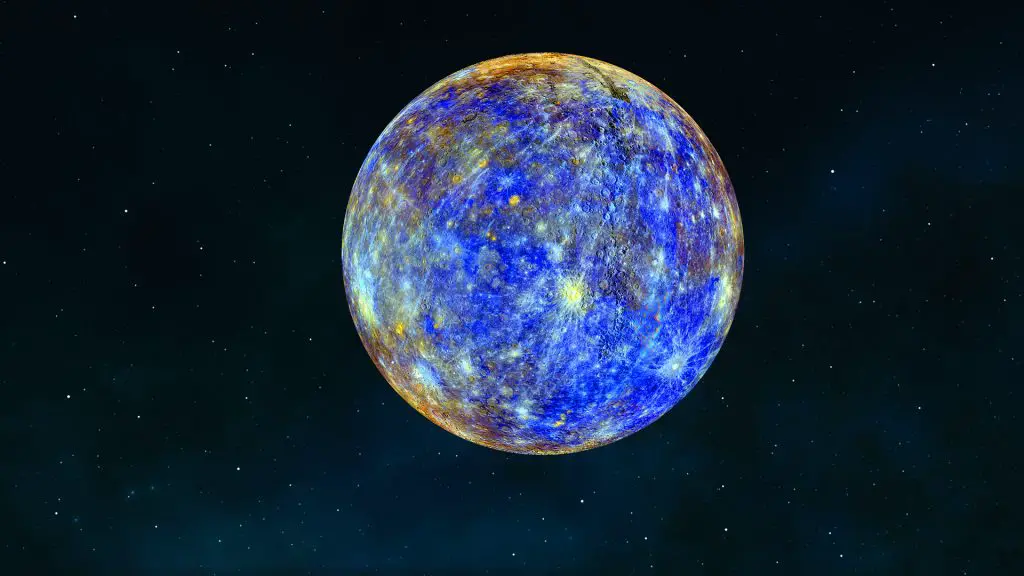Since we began space exploration in the mid-20th century, space agencies have relied on sending humans vs robots into space. But should we leave space exploration entirely to robots?
Or should we consider sending humans to explore a new space world instead of robots? You are about to find satisfying answers to these curious questions.
Unlike traveling from one destination to another on Earth, exploring space comes with greater responsibilities. Space agencies hoping to explore a new space world must do a lot of planning to guarantee their success.
Before any space agency will consider sending humans into space, the agency must conduct a series of tests to verify the safety protocol of their mission. The essence of participating in a series of tests is to ensure that the astronauts arrive safely at their new destination.
During a manned space mission, the safety of astronauts is usually the major priority of every space agency. Hence, everything ranging from spacesuits to space vehicles must be in perfect operating condition before the mission commences.
The space agency preparing for this mission must go the extra mile to ensure that no stone is left unturned. However, fewer preparatory measures will be considered if space agencies are sending robotic space probes to a new space world.
Humans Vs Robots: What if Humans Take Over Every Space Exploration?
Exploring space has remained the primary objective of humans since the 20th century. The quest to reach a new space world inspired us to send humans to the moon for the first time in 1969.
But why should we send humans to space when robots will make the job less complicated for humanity?
With our current level of technology, you cannot compare human intelligence, mobility, and understanding to that of a robot. Although this may probably change with the invention of Artificial superintelligence in the future, humans still have a major role to play before then.
After Neil Armstrong, Buzz Aldrin, and Michael Collins landed on the moon on July 16th, 1969 the entire world realized the benefits of sending humans to space instead of robots.
The historic accomplishment attained by these three heroes changed our view about reaching a new space world. After this historic moon landing, plans to send humans into deep space emerged from different agencies.
However, we need more sophisticated space technologies to attain such a milestone. After the first moon landing, NASA sent other astronauts to the moon, until the space agency ended the manned mission to the moon with the Apollo 17 mission in December 1972.
To this day, humans have yet to travel beyond the moon. But we have succeeded in sending robots to interstellar space, ie the Voyager 1 space probe.
What if we used humans in all our space missions instead of using robots?
Before we considered sending humans into space, the Soviet Union and NASA launched several robotic uncrewed spacecraft to study the hazardous nature of space.
They even went as far as launching both small and bigger animals to study the impact of the weightless environment of space on living organisms. Not until the 1960s, that space agencies developed the courage to launch the first human into space.
On April 12th, 1961, cosmonaut Yuri Alekseyevich Gagarin became the first human to travel to space.
why do we have to wait for so long before sending humans into space?
Space Agencies cannot proceed with a space mission if they are not certain about returning the astronauts to Earth alive. Assuming we have used humans for all the space missions into deep space, we will surely expose our astronauts to dangers that will cause severe havoc to their health.
Sending humans on a robotic space mission may appear like a suicidal mission to most space agencies. So, we shouldn’t even think of exposing our astronauts to such a danger. Most space missions to a distanced space world like Mars currently require only robotic space crafts and rovers.
In fact, sending humans beyond the International Space Station requires a more futuristic concept to protect the astronauts and keep them alive throughout the mission. We must figure out how to sustain and protect them from the radiating environment of space.
However, to ensure that humans continued their research in space, the International Space Station was built and launched at the beginning of the 21st century. Astronauts have continued to travel forth and back from the ISS, intending to prepare for a manned mission to a distanced space world.
As astronauts continue their research in low earth orbit, they are coming up with realistic solutions to various challenges that humans may encounter in deep space.
The China National Space Administration also launched its first space station named the Tiangong space station in September 2011. Chinese astronauts have continued to visit this space station to prepare for their manned mission into deep space.
So, we are collectively working together to ensure that humans survive the manned mission into deep space in the near future.
What if Robots take over every space exploration?
The first successful orbital spaceflight was accomplished by the Soviet Union during the uncrewed Sputnik 1 satellite launch into space in 1957. This was the first robotic spacecraft that reached orbit.
You may be wondering why we first consider sending uncrewed spacecraft into space.
It’s because we are still new to exploring space. Space agencies have to analyze the safety of exploring space before embarking on a crewed mission. Hence, Space agencies are always comfortable launching robotic spacecraft into space.
Even if the robotic spacecraft eventually blows up during the launch, we can build another probe and launch it into space. However, human spaceflights are carefully planned to ensure the astronauts survive the space mission to another space world.
Currently, space agencies have sent robots to Mars, Venus, Mercury, Sun, and other planetary bodies in the Solar System. NASA went the extra mile to send Voyager 2 spacecraft to interstellar space, with a message from Earth to another civilization.
So why did space agencies consider sending robotic spacecraft to these great distances instead of humans?
Space agencies have strong confidence that robotic spacecraft can survive the hostile nature of other planetary bodies within the solar system. These confidences have inspired them to send more spacecraft to other planets. From these numerous space missions to other planets, we have learned a lot about the solar system and the universe.
what if robotic spacecraft take over the entire space missions?
Sending humans to a new hostile space world like Mars actually comes with a price. However, our curiosity to see what the universe has to offer will surely inspire us to send astronauts to Mars in the coming decade. Humans are the most surviving species on this planet.
We actually send robotic spacecraft to a new space world to study the possibilities of sending humans to such an environment. Leaving the space exploration job entirely to robots will limit our ability to become multi-planetary species. So we must go the extra mile to explore other habitable planets out there in the solar system.
Conclusion
Humans vs Robots all have their own capabilities and potential. Humans need robots to explore a hostile planetary world, and robots need humans to build and assemble them for now. So, we are not leaving space exploration to robots alone.
We will continue to use the user data these robots obtain from other space worlds to improve our knowledge about the universe and plan our future space missions to Mars, Venus, and beyond. Do you think that we will continue to collaborate with robots to explore deep space in the future?





Thank you for always being there for me.
Nice post. I learn something totally new and challenging on websites
This post has been a great resource for me. It’s well-written and covers the topic comprehensively. Thank you for sharing your knowledge and expertise!